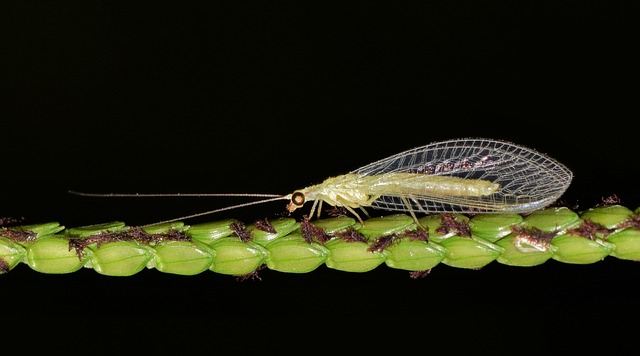In response to human-caused environmental shifts, New Zealand’s native stoneflies have undergone a striking transformation: a change in their coloration. Just published in the journal Science, the University of Otago study provides arguably the world’s most clear-cut case of animal evolution in response to change made by humans.
New Zealand’s stoneflies are fascinating insects that have captivated researchers with their unique adaptations and ecological significance. They inhabit pristine freshwater environments, playing a vital role in the ecosystem as both predators and prey. New Zealand boasts a rich diversity of stonefly species, many of which are endemic to the region. Stoneflies spend most of their lives underwater as nymphs, where they feed on algae and other aquatic organisms.
As adults, they emerge from the water and take flight, often for brief periods. Stoneflies are highly sensitive to water pollution, making them valuable indicators of environmental health.
These insects have evolved to change their coloration in response to human-induced deforestation. In forested areas, certain stonefly species mimic the appearance of toxic species, deterring predators. However, as deforestation reduces the abundance of these toxic species, the mimicking stoneflies have evolved lighter coloration to blend in with their altered environment. This rapid evolutionary response highlights the profound impact of human activities on ecosystems and the adaptability of species.
Co-author Professor Jon Waters, of the Department of Zoology, says the stonefly has become a different color due to recent deforestation.
“In natural forested regions, a native species has evolved ‘warning’ colors that mimic those of a poisonous forest species, to trick predators into thinking they are poisonous too.
“But the removal of forests since humans arrived has removed the poisonous species. As a result, in deforested regions the mimicking species has abandoned this strategy – as there is nothing to mimic – instead evolving into a different color.”
Co-author Dr Graham McCulloch says humans have disrupted ecological interactions between species that evolved over millions of years, but some of our native species are resilient enough to overcome this.
“This study is important because it shows that, at least for some of our native species, there is the possibility of adapting to the environmental changes caused by humans, even when the change is rapid,” Dr. McCulloch says.
“It also shows that independent populations have undergone similar changes in response to deforestation – there have been similar shifts independently in different parts of the species’ range – showing that evolution can be a predictable process.”
Protecting New Zealand’s pristine freshwater environments is crucial for the survival of stoneflies and other aquatic organisms. Conservation efforts focus on preserving water quality, reducing pollution, and maintaining intact forest ecosystems. By safeguarding these delicate habitats, we can ensure the continued existence of these fascinating insects and the biodiversity they support.




